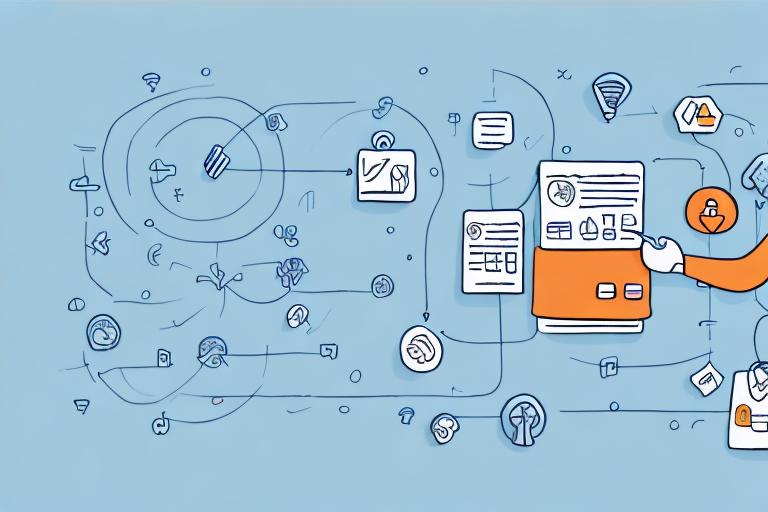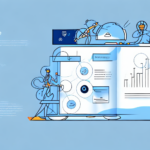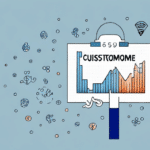The Importance of Customer Retention
Loyal customers are vital for the success and long-term growth of any business. Retaining customers is much more cost-effective compared to acquiring new ones. According to a research study by the Harvard Business Review, increasing customer retention rates by 5% can increase profits by 25% to 95%. Loyal customers are more likely to make repeat purchases, refer your business to their friends and family, and leave positive reviews. Moreover, customer retention is a key performance indicator (KPI) that determines the long-term health and sustainability of your business.
One of the most effective ways to retain customers is by providing excellent customer service. When customers feel valued and appreciated, they are more likely to continue doing business with you. This can be achieved by training your staff to be friendly, helpful, and responsive to customer needs. Additionally, offering personalized experiences and rewards programs can also help to build customer loyalty.
Another important factor in customer retention is maintaining a strong online presence. In today's digital age, customers expect to be able to interact with businesses online. This includes having a user-friendly website, active social media accounts, and prompt responses to online inquiries. By providing a seamless online experience, you can build trust and credibility with your customers, which can lead to long-term relationships.
Identifying and Addressing Customer Churn
The first step towards reducing dropoffs is to identify the factors that cause customer churn. Common reasons why customers leave include poor customer service, high prices, lack of personalization, lack of trust, and poor user experience. By analyzing customer feedback, conducting surveys, and monitoring key metrics, you can gain valuable insights into the reasons why your customers are leaving. Tools like Qualtrics and SurveyMonkey can help in collecting and analyzing customer feedback effectively.
Once you have identified the factors that cause customer churn, you can take steps to address them. For example, if poor customer service is a common reason for dropoffs, you can invest in training your customer service team to provide better support. Similarly, if high prices are causing customers to leave, you can consider offering discounts or promotions to incentivize them to stay.
It's important to note that reducing dropoffs and customer churn is an ongoing process. Regularly reviewing your metrics and customer feedback ensures that you are addressing any new issues that arise. By continuously improving your customer experience, you can build a loyal customer base and drive long-term growth for your business.
Leveraging Data and Technology for Retention
Data analysis is an effective way to gain insights into the behaviors, preferences, and needs of your customers. By using data analytics tools, such as Google Analytics, you can identify the pages on your website that are causing dropoffs, the products that are losing customers, and the channels that are driving the most revenue. You can also segment your customers based on their behavior, demographics, and interests, and use this information to personalize your marketing messages and improve retention rates.
One of the key benefits of analyzing customer data is that it allows you to identify trends and patterns in customer behavior. For example, you may notice that customers who purchase a certain product are more likely to return and make additional purchases. By understanding these patterns, you can create targeted marketing campaigns that encourage customers to make repeat purchases and increase their lifetime value.
Implementing Artificial Intelligence and Machine Learning
Artificial intelligence (AI) and machine learning algorithms can analyze customer data and behavior patterns to provide personalized recommendations and experiences in real-time. For example, an e-commerce website can use AI to suggest products based on a customer's browsing and purchase history, increasing the likelihood of a sale.
Utilizing Customer Relationship Management (CRM) Systems
CRM systems like Salesforce and HubSpot help businesses manage customer interactions, track sales, and analyze customer data, facilitating better retention strategies.
Developing Effective Customer Retention Strategies
Personalization Techniques
Personalization is a powerful way to keep your customers engaged and reduce dropoffs. By using customer data, you can personalize your marketing messages, product recommendations, and user experience, which can improve customer satisfaction and loyalty. Personalization can also lead to increased revenue and retention rates, as customers are more likely to purchase from businesses that understand their unique needs and preferences.
Incentives and Rewards Programs
Offering incentives and rewards is a common strategy that businesses use to encourage repeat purchases and improve customer retention. Examples include discounts, free shipping, exclusive access to new products, and loyalty points. These rewards can create a sense of urgency and exclusivity, helping to keep your customers engaged and loyal.
Exceptional Customer Service
Providing exceptional customer service is critical for retaining customers. By responding quickly to customer inquiries, providing helpful solutions, and going above and beyond to resolve issues, you can create a positive customer experience that fosters loyalty and trust. Businesses that excel in customer service often enjoy higher retention rates and receive positive reviews and referrals.
Enhancing Online Presence and User Experience
Website Optimization
Optimizing your website is essential for reducing dropoffs and improving customer retention. Your website should be easy to navigate, load quickly, and provide clear information about your products and services. Implementing responsive design ensures a seamless experience across all devices, including desktop, mobile, and tablets.
Social Media Engagement and Online Reviews
Social media platforms like Facebook, Twitter, and Instagram can be used to engage with customers, showcase products, and provide customer service. Additionally, online reviews on platforms such as Yelp, Google My Business, and Trustpilot offer valuable feedback and social proof that can enhance trust and loyalty.
Measuring Success and Continuous Improvement
Key Metrics for Customer Retention
Measuring and tracking key metrics is critical for assessing the success of your customer retention strategies. Common metrics include:
- Customer Lifetime Value (CLV): The total revenue a business can expect from a single customer account.
- Churn Rate: The rate at which customers stop doing business with you over a given period.
- Customer Satisfaction Score (CSAT): A measure of how satisfied customers are with your products or services.
- Net Promoter Score (NPS): Gauges the likelihood of customers recommending your business to others.
By monitoring these metrics over time, you can identify trends, make data-driven decisions, and adjust your strategies as needed to improve retention rates.
Innovative Strategies to Stay Ahead
Staying ahead of your competitors is key to long-term growth and success. Implementing innovative retention strategies can differentiate your business and create a competitive advantage. Examples include gamification, personalized video marketing, chatbot customer service, and social commerce. Staying up-to-date with the latest trends and technologies and being willing to experiment with new strategies can significantly enhance your retention efforts.
Creating a Customer-Centric Culture for Long-Term Growth
Creating a culture of customer centricity is essential for driving long-term growth and success. By prioritizing the needs and preferences of your customers, you can create a positive customer experience that fosters loyalty and trust. A customer-centric culture should be ingrained in all aspects of your business, from product development to customer service. By making customers the focus of your business, you can build a sustainable and profitable business that thrives in the long run.
In conclusion, reducing dropoffs and improving customer retention rates is essential for the success and long-term growth of any business. By using the strategies outlined in this article, you can identify the causes of dropoffs, implement effective retention techniques, and create a loyal and engaged customer base that drives revenue and success.




















